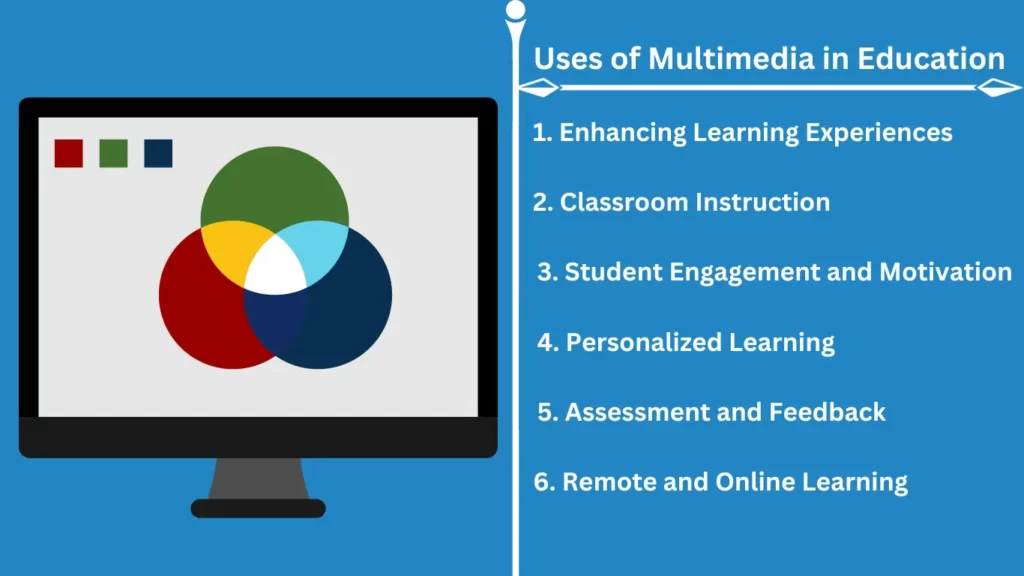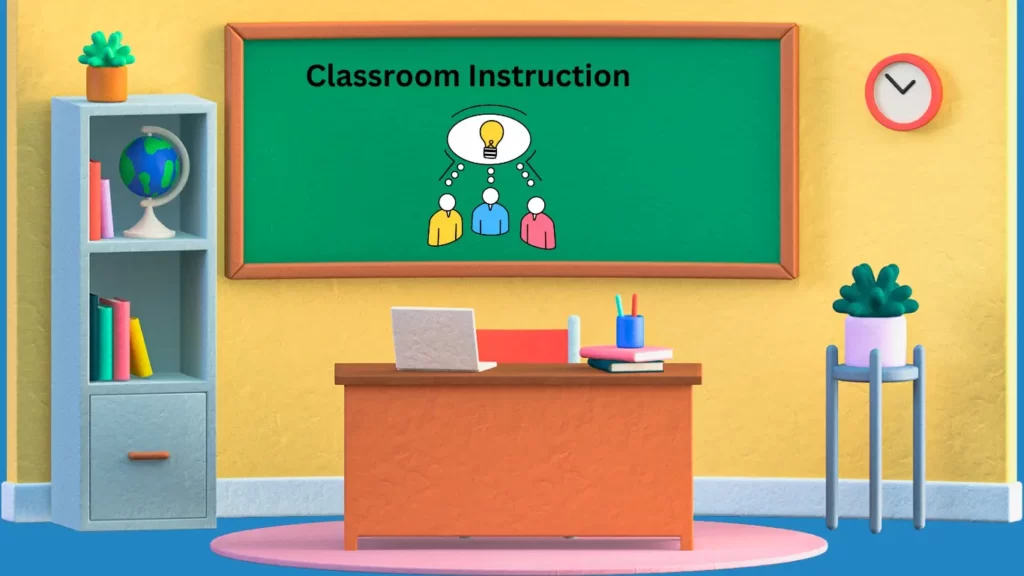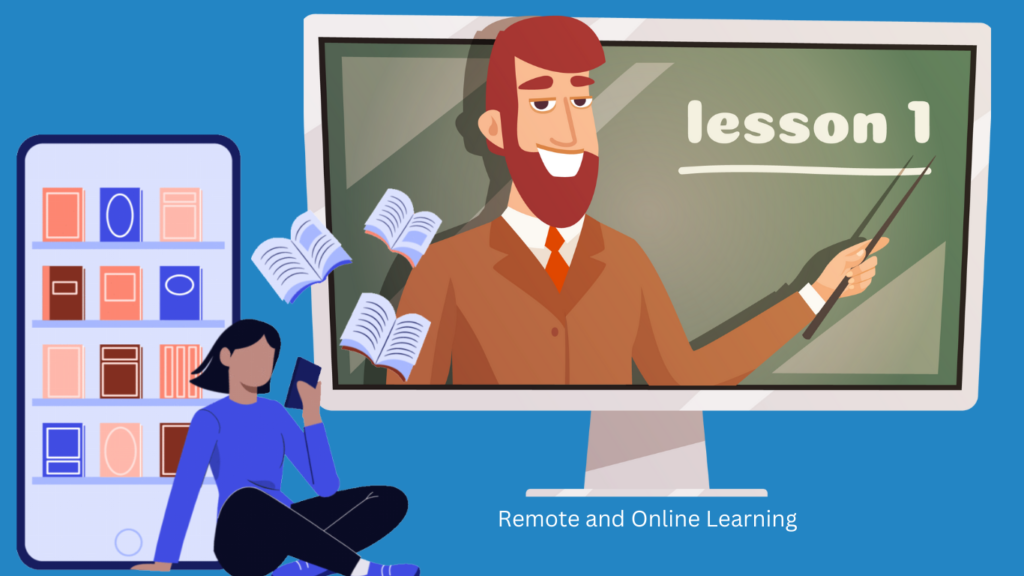In today’s digital age, the use of multimedia in education has become increasingly prevalent. From traditional classroom instruction to remote and online learning, educators are harnessing the power of multimedia to enhance learning experiences for students.

In this article, we will delve into the various versatile uses of multimedia in education, highlighting its impact on classroom instruction, student engagement, and motivation, personalized learning, assessment and feedback, as well as remote and online learning.
Use of Multimedia in Education | Multimedia Uses in Education
1. Enhancing Learning Experiences
Multimedia refers to the integration of different forms of media, such as text, images, audio, video, and interactive elements, to convey information and enhance understanding. In the realm of education, multimedia offers a dynamic and interactive learning experience that caters to different learning styles and preferences.
It enables students to engage with the content in a more immersive and meaningful way, ultimately leading to enhanced learning outcomes.
2. Classroom Instruction
One of the primary uses of multimedia in education is in classroom instruction. Rather than relying solely on traditional lectures and textbooks, educators can incorporate multimedia elements to make their lessons more engaging and interactive.
For instance, they can use videos to demonstrate complex concepts, animations to visualize abstract ideas, and interactive simulations to allow students to explore real-world scenarios. By presenting information in a visually appealing and interactive manner, multimedia captivates students’ attention and facilitates better understanding and retention of the subject matter.

Multimedia can also cater to diverse learners by providing multiple representations of content. For example, students who are visual learners can benefit from infographics and diagrams, while auditory learners can make use of audio recordings or podcasts.
3. Student Engagement and Motivation
The use of multimedia elements, such as videos, images, and interactive games, can capture students’ interest and make learning more enjoyable. When students are actively engaged in the learning process, they are more likely to retain information and develop a deeper understanding of the subject matter.
Multimedia can also foster creativity and critical thinking skills. For instance, students can create their own multimedia presentations, videos, or podcasts to demonstrate their understanding of a topic. This not only encourages active participation but also allows students to showcase their unique perspectives and talents.
4. Personalized Learning
Every student has unique learning needs and preferences. Multimedia allows educators to cater to these individual differences through personalized learning experiences. With multimedia, educators can provide customized content and resources that align with each student’s interests, abilities, and learning styles.
For example, interactive online platforms can adapt to students’ progress and provide targeted feedback and additional resources accordingly. Multimedia can also facilitate self-paced learning. Students can access multimedia materials at their own convenience and revisit them as needed.
5. Assessment and Feedback
Assessment is an integral part of the learning process, and multimedia can greatly enhance its effectiveness. Traditional assessments, such as written exams, have their limitations in accurately measuring students’ understanding and abilities. By incorporating multimedia elements into assessments, educators can create more authentic and comprehensive evaluation methods.
For instance, instead of a written essay, students can be asked to create a video presentation or an interactive multimedia project to demonstrate their knowledge and skills. This not only provides a more holistic assessment but also allows students to showcase their creativity and problem-solving abilities.
6. Remote and Online Learning
The recent shift to remote and online learning has further emphasized the importance of multimedia in education. With the absence of face-to-face interactions, multimedia becomes a crucial tool for engaging students and facilitating effective remote learning experiences.

Through video conferencing platforms, educators can deliver multimedia-rich lessons and interact with students in real time. They can also leverage multimedia resources, such as online videos and interactive presentations, to supplement their teaching materials and provide additional learning opportunities.
Conclusion: Uses of Multimedia in Education
In conclusion, the versatile uses of multimedia in education have transformed traditional teaching methods and revolutionized learning experiences. From enhancing classroom instruction to fostering student engagement and motivation, personalizing learning, facilitating assessment and feedback, and enabling remote and online learning, multimedia has proven to be a powerful educational tool.
As educators continue to explore the endless possibilities of multimedia, it is essential to embrace its potential and leverage it to create meaningful and impactful learning experiences for students. By harnessing the power of multimedia, we can truly enhance learning and empower students to succeed in an ever-evolving digital world.
